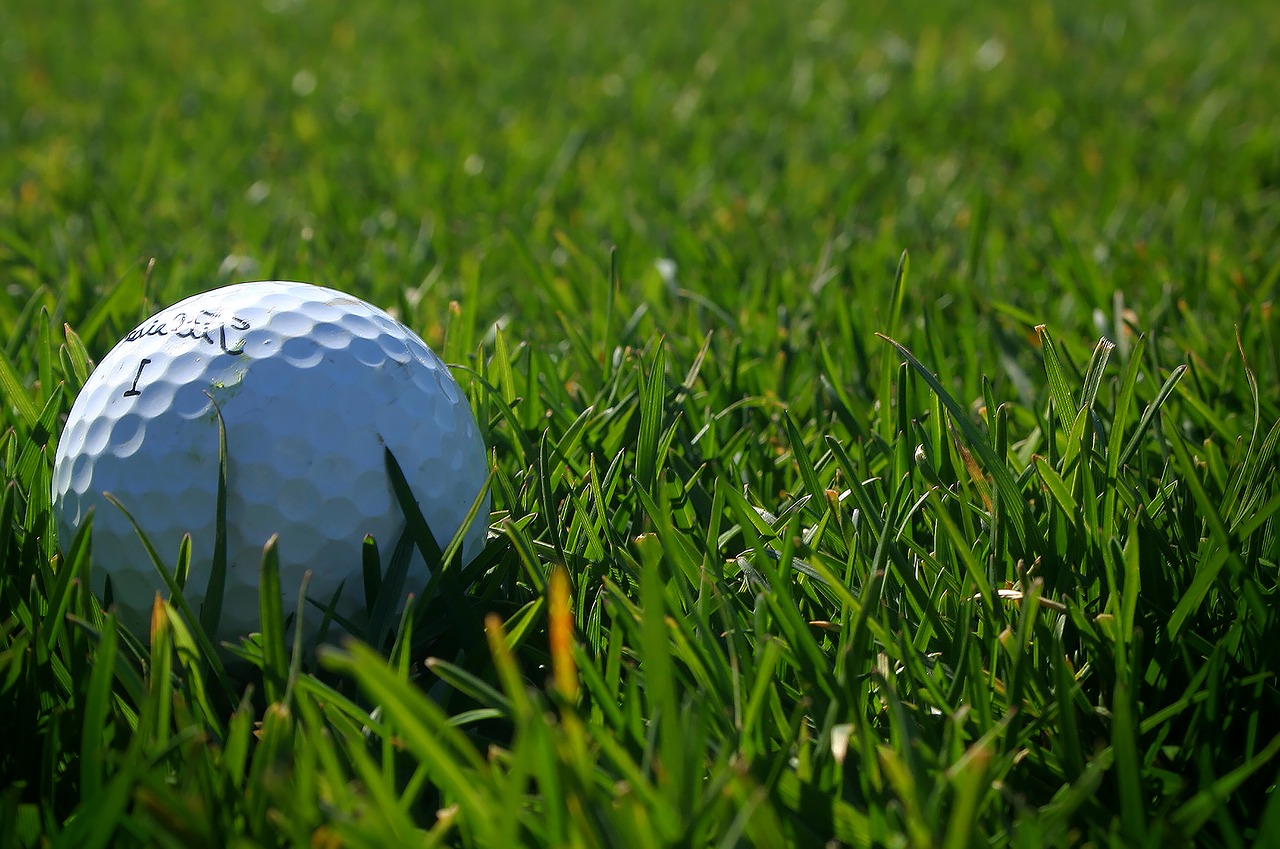
Enhanced expectancies, or one’s expectations of being successful in a certain task, can lead to better performance and the acquisition of various motor skills (Wulf & Lewthwaite, 2016). Indeed, such improvements can be maintained even if one is manipulated into thinking that he or she can be successful, in spite of there being no objective or logical reason to believe so.
For example, we can manipulate expectancies for success by displaying larger targets in accuracy tasks. When targets are larger, it is easier to succeed in hitting them, and therefore an individual’s self-efficacy is elevated; he or she expects to be successful when performing a similar task in the future. However, just as one’s expectancies can be enhanced, these expectancies can also be diminished by manipulating the task in a way that leads to failure. Under such conditions, self-efficacy may suffer, and poor performance may follow.
Golf putting, a complex and difficult motor skill, is taught and performed extensively in golf clubs around the world, and it is interesting to examine whether manipulating the target size can indeed lead to enhanced or diminished expectancies, and subsequently improved or reduced putting performance. We, therefore, conducted a study that examined this issue. Three groups of participants with no golfing experience performed 50 putts aimed at a target located at a distance of 4.9 feet away. The target was simply a marker on an artificial green rather than an actual golf hole. One group of participants performed with a small circle around the target (7 cm in diameter), a second group performed with a large circle around the target (14 cm in diameter), and a third group performed with no circle around the target, which served as a control condition.
We told the participants in the two groups that trained with a circle that landing the ball inside the circle would be considered a successful putt. This statement was important so that participants would have different expectancies of success – participants who putted with the presence of a large circle would see themselves as more successful simply because the target circle is large, and this could lead to enhanced expectancies of success. In contrast, participants who putted with the presence of a small circle would see themselves as less successful simply because the target circle was small, and this could lead to diminished expectancies of success. Two days after the training, all the participants returned to perform 12 putts from the same distance and 12 putts from a longer distance (5.9 feet). However, this time all putts were performed without any circles. We assessed performance by measuring the distance between the target and the location at which the ball landed.
The results of our study showed no differences between groups during training. All three groups improved their performance and landed the ball closer to the target from the first 10 putts to the last 10 putts of training. In addition, no differences in performance were observed when participants putted from the same distance two days later. However, when participants putted from a longer distance, the participants who trained with a larger circle around the target outperformed by 20% those participants who trained with a small circle around the target and those in the control condition who putted with no circles.
Interestingly, the only difference between the small circle group and the large circle group during training was the number of putts that landed inside the circle. Participants who putted with the presence of a large circle landed 15% of the putts inside it, whereas participants who putted with the presence of the small circle landed only 5% of the putts inside it. Therefore, it appears that allowing participants to train with a relatively large target allows for better future performance, even when that large target is no longer present. In addition, while the presence of a small circle around the target did not improve performance, it also did not diminish it when compared to practicing with no circle at all.
From a practical perspective, coaches and instructors should be aware of the fact that introducing tasks that are challenging on the one hand, but that are “doable” and allow for a certain amount of success, on the other hand, can help enhance the learner’s performance expectancies. This, in turn, may lead to improved learning and performance. In golf, simply providing a relatively large target to aim at during practice can do the trick.
Published by Gal Ziv
Motor Behavior Laboratory, The Academic College at Wingate, Wingate Institute, Israel
These findings are described in the article entitled Enhanced or diminished expectancies in golf putting – Which actually affects performance?, recently published in the journal Psychology of Sport and Exercise (Psychology of Sport and Exercise 40 (2019) 82-86). This work was conducted by Gal Ziv, Matar Ochayon, and Ronnie Lidor from the Academic College at Wingate.
References:
- Wulf, G., & Lewthwaite, R. (2016). Optimizing performance through intrinsic motivation and attention for learning: The OPTIMAL theory of motor learning. Psychonomic Bulletin & Review, 23, 1382-1414.









